
After the latest edition of World Heritage Sites in India, India has now 36 World Heritage Sites listed by UNESCO and that makes India among one of the top countries globally in terms of a number of world heritage sites. UNESCO identifies World Heritage Sites as places that belong to all the peoples of the world, irrespective of the territory on which they are located. This means these World Heritage Sites in India are considered to be of immense cultural and natural importance in the world. Have a look and find out what the world appreciates the most about your country.
1. Taj Mahal, Agra

One of Seven Wonders of the World, White Marble Mughal Architecture, the Taj Mahal was build by emperor Shah Jahan in the memory of his wife Mumtaj Mahal. It is located at the bank of river Jamuna in Agra. It was completed in 1653 with then estimated cost of 32 million Indian rupees which would today stand upto 58 billion Indian rupees. It is considered as the best example of Mughal architecture worldwide and is called the “Jewel of Muslim Art in India”. This is probably the monument that is most recognised the world over for its association with the heritage of India.
2. Khajuraho, Madhya Pradesh
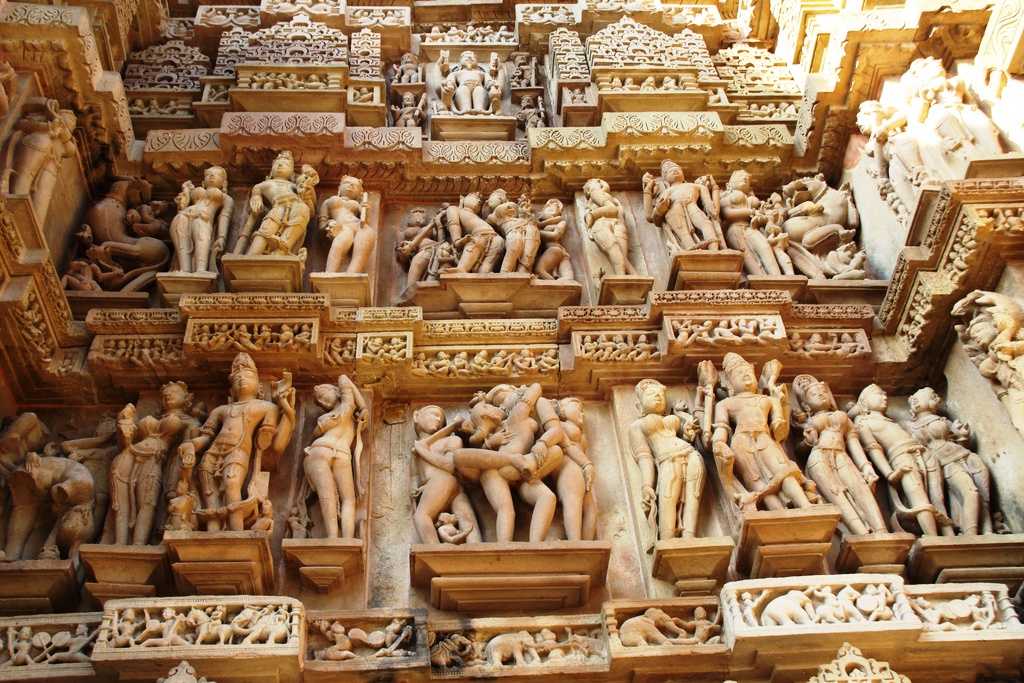
Located in Madhya Pradesh, Khajuraho is an important UNESCO World Heritage site in India. Khajuraho is unique heritage site which is famous for a group of Hindu and Jain Temples situated 175 km south-east of Jhansi. They are well known for their Nagara style symbolism and erotic figures and sculptures. These sensuous stone carvings of human and animal form in erotic poses are very aesthetically portrayed and stand testimony to the rich cultural heritage of India. Most of these monuments were built between 950 to 1050 CE under the reign of the Chandella dynasty. It consists of total 85 Temples spread across an area of 20 square kilometres. The Kandariya temple is the most prominent of all of these temples in the Khajuraho complex.
3. Hampi, Karnataka
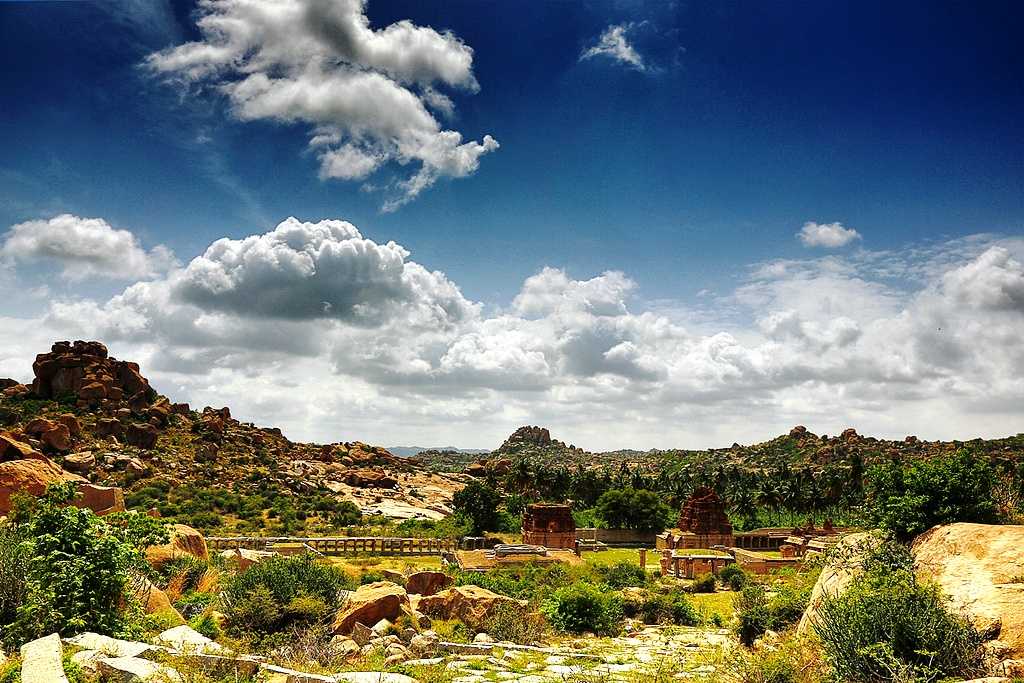
Hampi is a UNESCO World Heritage site located in the Northern part of Karnataka. It lies within the ruins of the ancient, prosperous kingdom of Vijayanagar. The ruins at Hampi are a collection of heritage sites depicting the fine Dravidian style of art and Architecture. The most important heritage monument in this site is the Virupaksha Temple, which continues to be a very important religious centre for the Hindus. There are several other monuments which are a part of this heritage site, Together, they’re collectively known as the ‘Group of Monuments at Hampi’. Some of the other known ones include the Krishna temple complex, Narasimha, Ganesa, Hemakuta group of temples, Achyutaraya temple complex, Vitthala temple complex, Pattabhirama temple complex, Lotus Mahal complex, several puras or bazaars surrounding the temple complex, and also living quarters and residential areas.
4. Ajanta Caves, Maharashtra
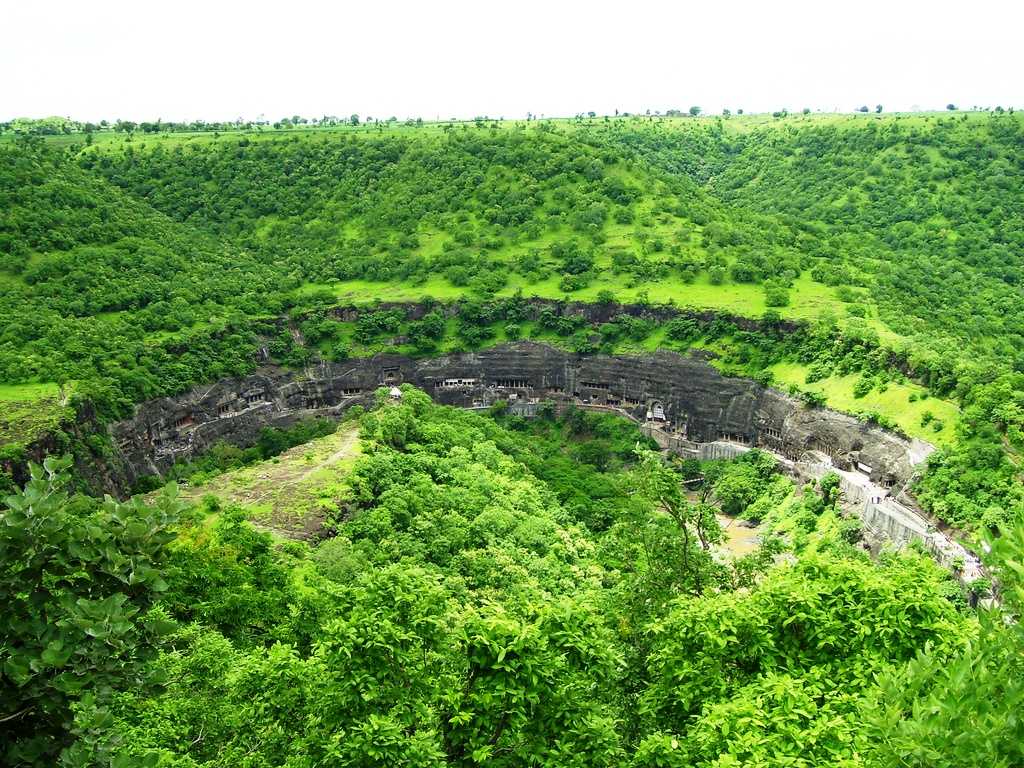
Famous for/as: Buddhist Rock-cut Cave Monuments, Richly Decorated Paintings and Frescoes similar to Sigiriya Paintings.
One of the first World Heritage sites in India, the Ajanta caves date back to around 2nd century BCE to 650 CE and consist of the finest masterpieces of 31 rock cut Buddhist cave monuments, paintings and sculpture. The caves very built in two different phases. First of Satavahana Period under the patronage of Satvahana Dynasty (230BCE-220CE). Second, the caves of Vakataka Period under the reign of Emperor Harishena of Vakataka Dynasty. The style of Ajanta art and architecture has had a revolutionary impact on the way in Indian art and architecture has progressed all throughout history. Having mainly carvings and sculptures related to the life of Buddha, one can say that this marks the beginning of Indian Classical Art.
5. Ellora Caves, Maharashtra
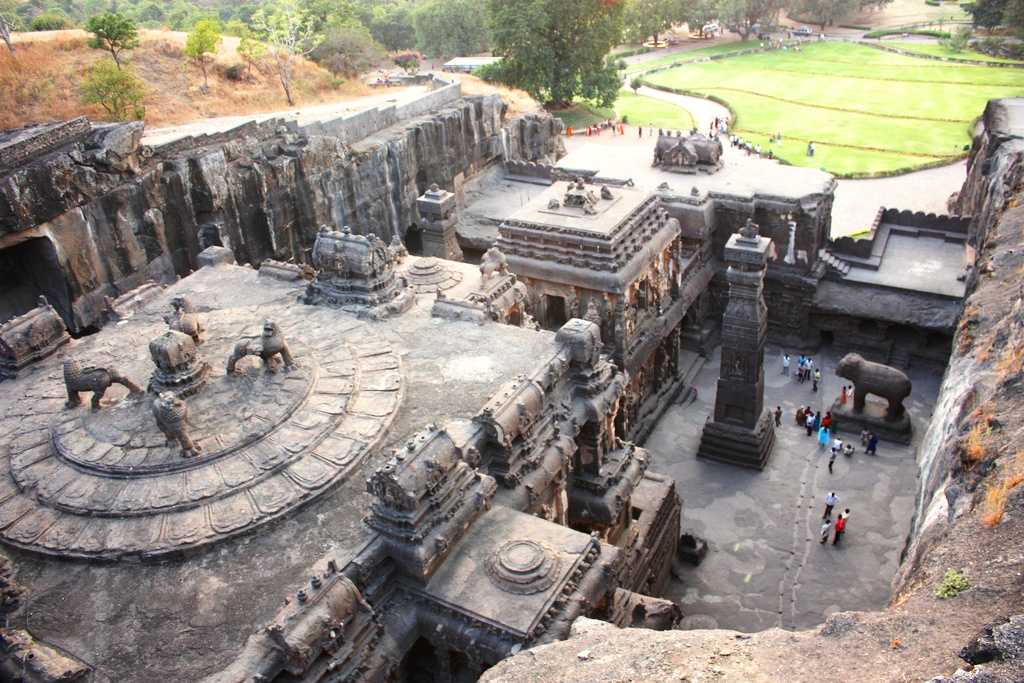
Famous for/as: Buddhist, Jain and Hindu Temples and Monasteries, Caves Excavated out of Hills, Rock-cut Architecture.
The Ellora Caves are an important World Heritage site in India and an archaeological site, ranging 29 kilometers Northwest of the city of Aurangabad. The Ellora Caves are well known for their Indian-rock cut architecture. There are about 34 rock cut temples and caves which can be dated to about 600 to 1000 AD, are important in terms of understanding the lives of the people living in these times. The presence of Hindu, Buddhist and Jain temples and sculptures portray the tolerance which was extended towards different faiths and beliefs in Ancient Indian History. Excavated site consists of Charanandri Hills, Buddhist Hindu and Jain rock-cut temples, Viharas and Maths of 5th and 10th century.
6. Bodh Gaya, Bihar
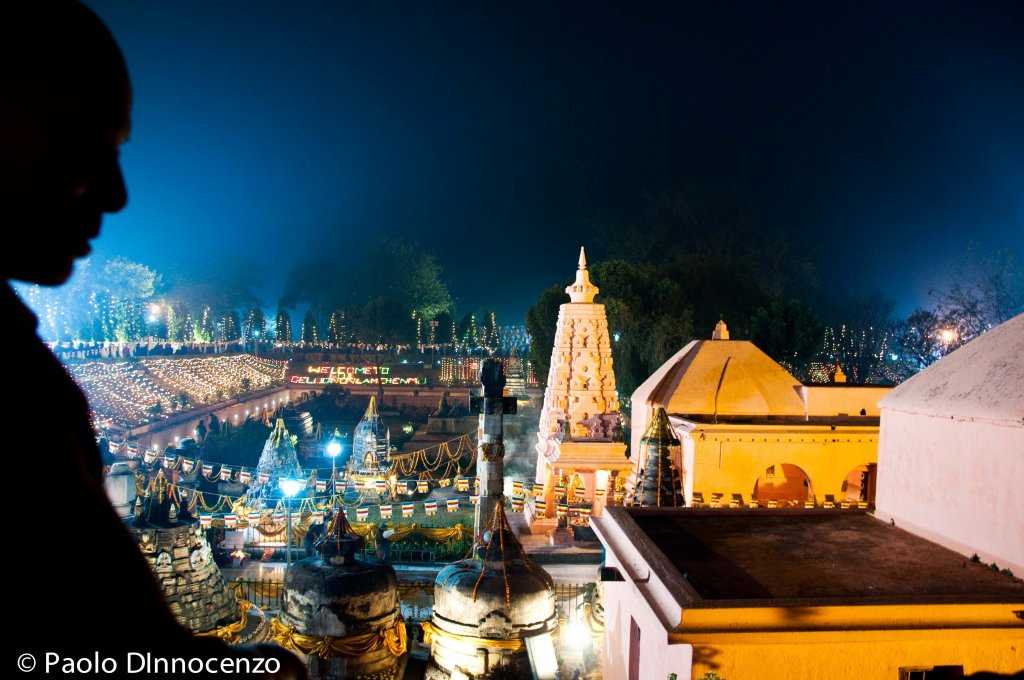
Bodh Gaya is located almost 96kilometrese away from Patna, Bihar and is one of the UNESCO World Heritage sites in India. It’s an important religious centre for the Buddhists as this was the place where Mahatma Buddha attained enlightenment. The holy Bodhi Tree is the site where Siddhartha gained Enlightenment and became Gautam Buddha. The famous Mahabodhi Temple was established in the reign of Ashoka the Great in about approximately 250 BCE. It’s one of the earliest Buddhist temples. Currently, the Mahabodhi Temple Complex at Bodh Gaya comprises the 50 m tall Mahabodhi Temple, the Vajrasana, sacred Bodhi Tree and other six sacred sites of Buddha’s enlightenment, surrounded by numerous ancient Votive stupas. Owing to all these factors, Bodh Gaya is considered to be the most holy pilgrimage spot for the Buddhists.
7. Sun Temple, Konark, Odisha
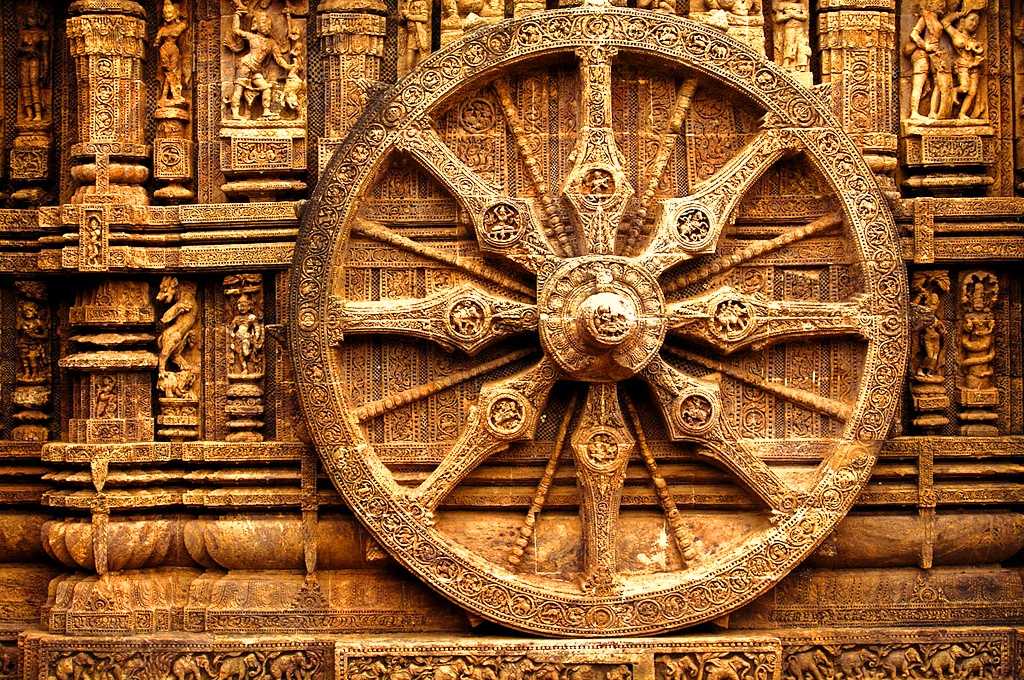
Famous for/as: Black Pagoda, Chariot of the Sun, Kalinga Architecture, Included in Seven Wonders of India.
Not very far from the popular beach town of Puri, the Sun Temple at Konark is a 13th-century temple situated in Konark, Odissha. It was built by king Narasimhadeva I of the Eastern Ganga Dynasty in around AD 1250. The Sun temple is in the shape of a gigantic chariot with carved stone wheel, pillars and walls and is led by 6 enormously carved horses. It’s also considered to be one of the largest brahmin sanctuaries in India. The temple is originally said to be built at the mouth of river Chandrabhaga but the waterline receded since then. This World Heritage Site in India reflects the grandeur of the traditional style of Kalinga Architecture which was prevalent then.
8. Red Fort Complex, Delhi
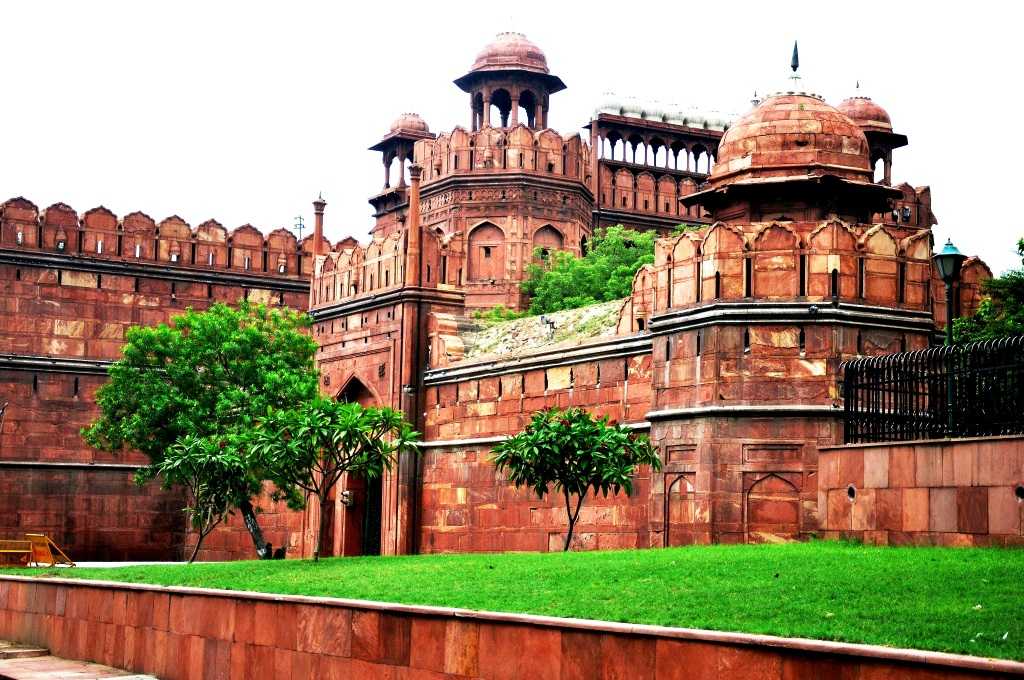
Famous for/as: Shahjahanbad, Persian, Timuri and Indian Architectural Styles, Red Sandstone Architecture, Moti Masjid.
Situated in the centre of the historic city of New Delhi, the Red Fort was built by emperor Shah Jahan when he shifted his capital from Agra to Delhi, or what was known as Shahjahanabad at that time. The fort became the political hub of the Mughals. Under Shah Jahan, Mughal art and architecture reached it’s zenith, and the Red Fort is the perfect example of that. One can see the blending of Indo-Islamic, Timurid, Hindu and Persian forms of architecture in several facets of the Red Fort. It’s made up of red sand stone and houses several other smaller buildings such as the private pavallions, the Diwan-i-aam, the Diwan-i-khas. The Red Fort is one of the most popular UNESO World Heritage Sites in India and is managed directly by the Archaeological Survey of India.
9. Sanchi, Madhya Pradesh
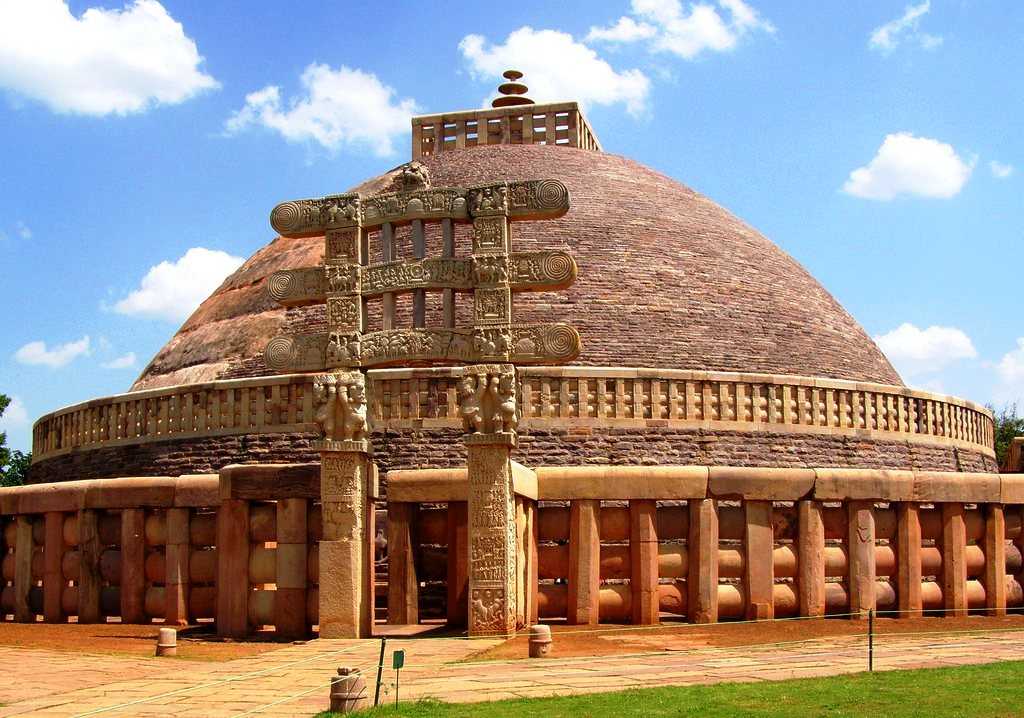
Famous for/as: Monolithic Pillars, Palaces, Temples and Monasteries, Mauryan Architecture, Ye Dharma Hetu Inscriptions.
The Buddhist Monuments located at Sanchi in Madhya Pradesh are a manifestation of Heritage of India and they are the oldest stone structures in India. Originally commissioned by emperor Ashoka in 3rd century BCE, the Sanchi Stupa is located 46 kilometer north-east of Bhopal. Its core was a hemispherical brick structure built over the relics of Buddha and was crowned by the Chatra which symbolizes rank. The stupa was vandalized during 2nd century BCE and renovated during the Satavahana Period when the gateways and the balustrade were built and colored. Apart from the Sanchi stupa, several other structures exist here, such as monolithic pillars, temples, palaces and monasteries. It remained a major pilgrimage site for the Buddhists till about 12th century AD, after which the religion declined in popularity.
10. Chola Temples, Tamil Nadu
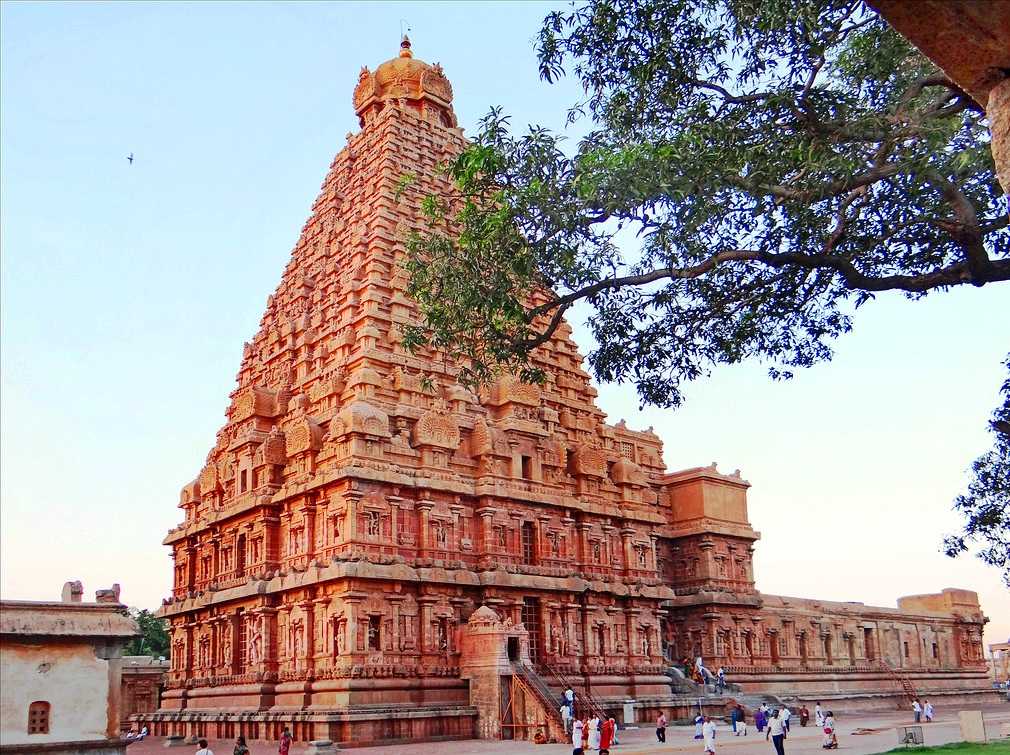
Includes:
Brihadisvara Temple, Thanjavur, Brihadisvara Temple, Gangaikondacholisvaram and Airavatesvara Temple, Darasuram.
Famous for/as: Chola Architecture, Sculpture, Painting and Bronze Casting.
These temples were built in Southern Part of India during the rule of Chola empire. The Brihadisvara Temple, the Temple at Gangaikonda Cholapuram and the Airavatesvara Temple are the most important of all of these temples. The Brihadisvara temple was built under the reign of Rajaraja 1, and is a milestone when it comes to Chola architecture. The temple at Gangaikondacholapuram was patronized by Rajendera 1 and was dedicated to Lord Shiva. And the the Airavatesvara temple was built during the time of Rajaraja II, and is aesthetically different from the other two. These temples stand testimony to the architectural splendour and beauty of Chola art, architecture and sculpture. These temples are living temples and the rituals and festivities which were observed by people thousands of years ago, are still held. Hence, these 3 temples reflect the ancient culture and heritage of the Tamilians and form an inseparable part of their ancient history.
11. Kaziranga Wild Life Sanctuary, Assam
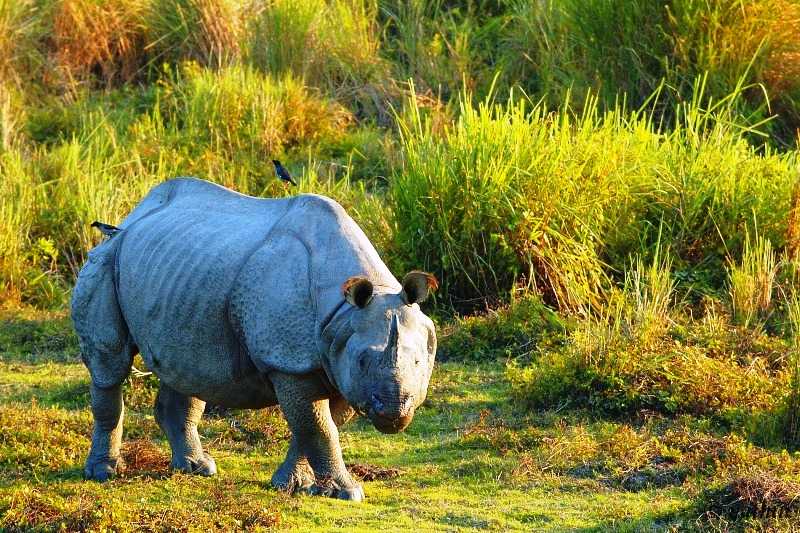
Famous for/as: Worlds 2/3 rd Great One-Horned Rhinoceroses, Highest Density of Tigers in World, Elephants, Wild Water Buffalo, Swamp Deer and recognized Important Bird Area.
Famous for its one horn rhinoceroses, Kaziranga Wildlife Sanctuary is located in Assam and is one of the untouched natural areas in India. It is said that this World Heritage Site in India, was a project initiated by the Lord Curzon when his wife failed to see a single Rhinoceros in the region and urged her husband to take measured regarding protection of these endangered species. This park lies on the flood plains of the river Brahmaputra and consists mainly of dense grasslands, forests and also has several streams and lakes running through it. Kaziranga contains about 15 endangered Indian faunal species, of which the Rhino is the most endangered. Other mammals include capped langur, hoolock gibbon, tiger, leopard, sloth bear, Ganges dolphin, otter, wild boar, water buffalo, gaur, sambar, swamp deer, hog deer and Indian muntjac.
12. Group of Monuments at Mahabalipuram, Tamil Nadu
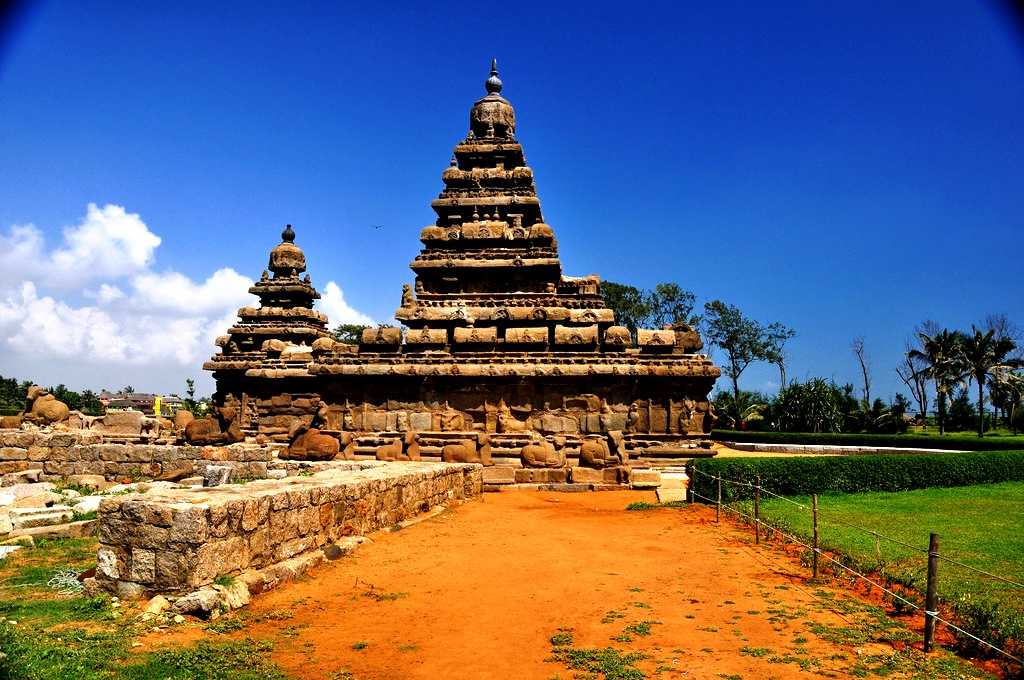
Includes:
The Pancha Rathas Temples, Ganesha Ratha, Cave Temples of Mahabalipuram, Structural Temples including the Shore Temple and the Olakkannesvara Temple and the Descent of the Ganges.
Famous for/as: Largest Open Air Rock Relief, Chariot Temples, Mandapas, Pallava Dynasty Architecture.
The Temples are situated in the town of Mahabalipuram which is approximately 58 kilometres from Chennai in the Coromandal Coast of Bay of Bengal. These temples were built under the reign of the Pallava rulers and the striking feature of these temples is the fact that they are all carved out of rock and an important in terms of ratha architecture in India. The group of monument includes 40 sanctuaries including largest open-air-bas-relief, eg, Ganga’s Descent. These World Heritage Sites in India, constitutes the art of Pallava Period with sites likes Pancha Rathas, Dharamaraja Ratha, Arjuna Ratha, Draupadi Ratha, etc. Also the Cave temples of Mahabalipuram which constitute more than half a dozen caves.
13. Sundarbans National Park, West Bengal
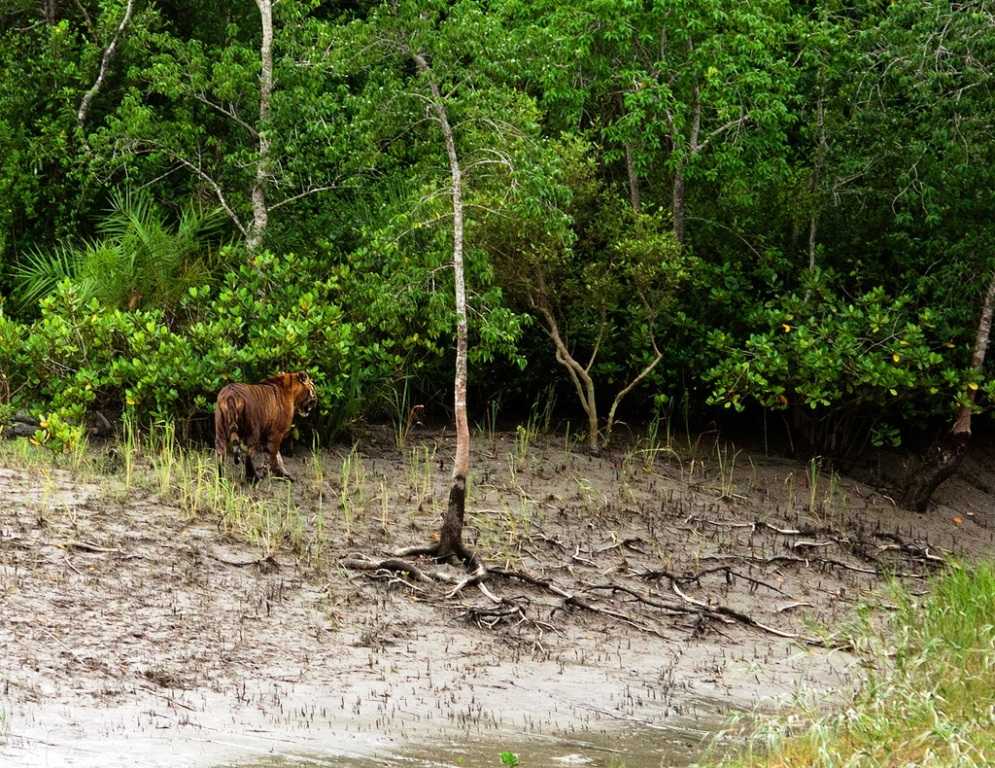
Famous for/as: Biosphere Reserve, Largest Estuarine Mangrove Forest, Bengal Tiger and Salt-Water Crocodile, Shared with Bangladesh.
Famous for the Royal Bengal Tigers, the Sunderban National Park is a known Tiger reserve and a Biosphere reserve located in the Indian State of West Bengal. It is situated on the Sunderban Deltas formed by the river Ganges in the Bay of Bengal. It is one of the largest reserves in India covered mostly by dense Mangrove forests. It’s the world’s largest mangrove forest reserve. Home to the critically endangered Royal Bengal Tiger, there are also other animal species such as the gangetic dolphin, spotted dear, wild boar and other mammal and amphibian species. The rare salt water crocodile is another attraction of this reserve. The tiger population of India is the maximum in this location. Because of frequent contacts with local inhabitants, several tigers have been labelled as ‘man-eaters’.
14. Humayun’s Tomb, New Delhi
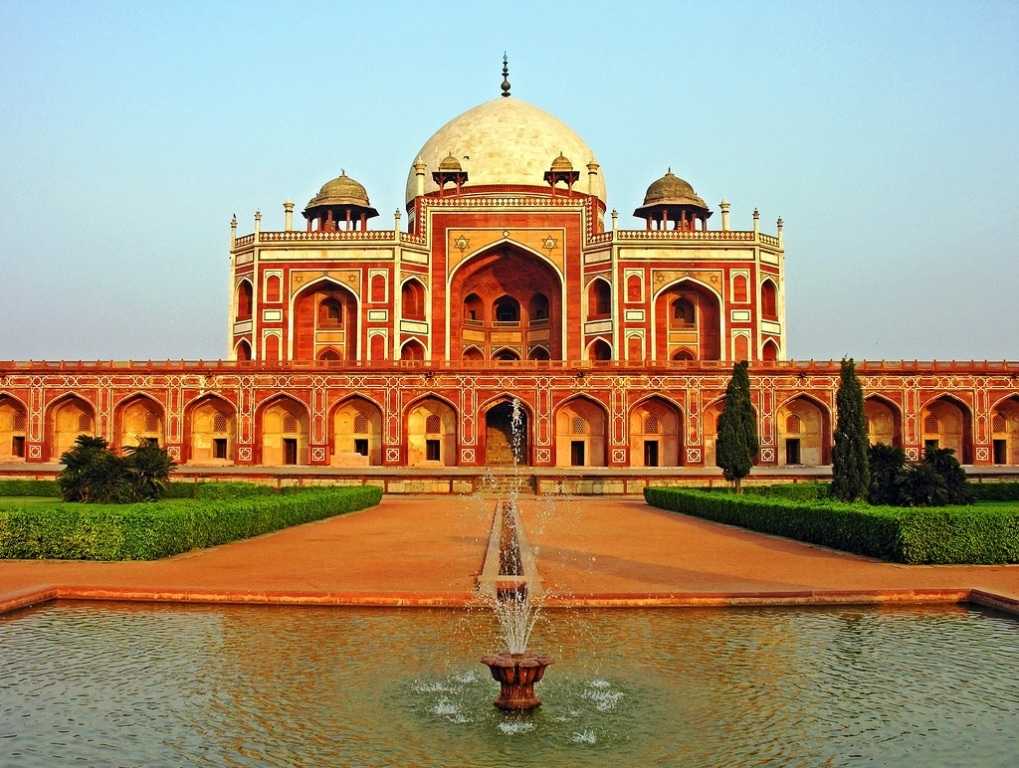
Famous for/as: Precursor to Taj Mahal, Mughal Architecture, A Tomb, Many Water Channels, A Pavilion and A Bath.
This World Heritage Site in India was built by Begum Bega, the first wife of Humayun between 1565-1572. IT is the only monument which has gone several restoration work and is complete. It’s a tomb complex consisting of several smaller monuments including the tombs of Isa Khan Niyazi, an Afghan noble in Sher Shah Suri’s court of the Suri dynasty.
15. Jantar Mantar, Jaipur, Rajasthan
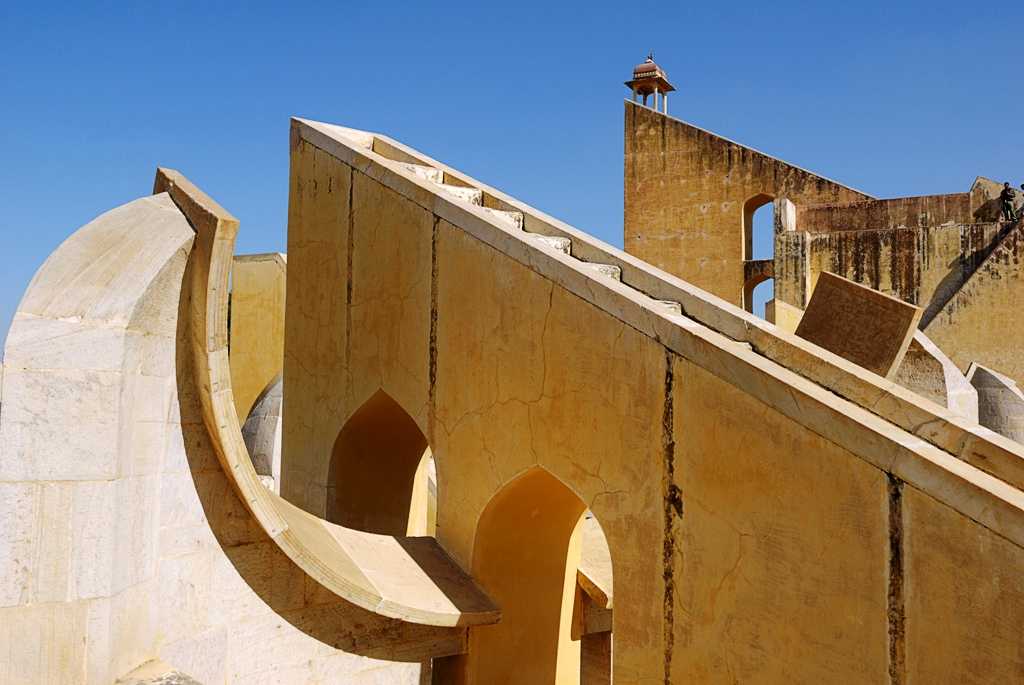
Famous for/as: Architectural Astronomical Instruments, Maharaja Jai Singh II, Largest of its kind Observatory.
The Jantar Mantar is an astronomical observatory built in 18th century Rajasthan. It is an astronomical observatory which was built by the Rajput King Sawai Jai Singh of Rajasthan in 1738 CE. It is a collection of 19 astronomical instruments including the world’s largest stone Sundial. All these instruments are man-made. The observatory consists of instruments which were used to calculate celestial coordinate systems, the horizon-zenith local system, the equatorial system and the ecliptic system. One of India’s best-preserved observatories, this monument is a great example of the scientific as well as the cultural heritage of India.
16. Agra Fort, Uttar Pradesh
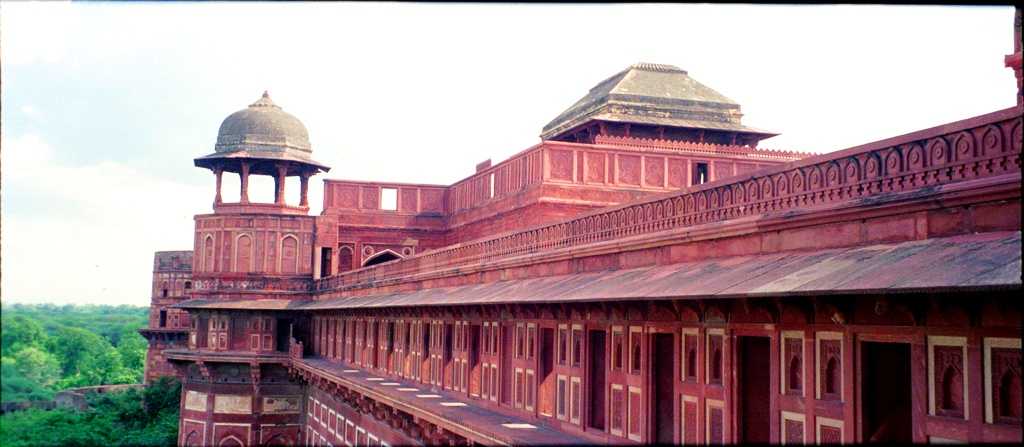
Situated quite close to the Taj Mahal, the Agra Fort is one of the most important monumental structures built by the Mughal empire. Though built in Mughal Era, during the time of Akbar, the Agra Fort is a fusion of Persian art of the Timurid and the Indian forms of architecture. This is so because the fort was originally a brick monument known as Badalgarh, held by Raja Badal Singh, a Hindu Shikarwar Rajput King. After the invasion, Sikander Lodi was the first Sultan of Delhi to shift to Agra and live in the fort. The Agra Fort includes a number of monuments like Khas Mahal, Sheesh Mahal, Muhamman Burie(an octagonal Tower), Diwan-e-Khas, Diwan-e-Am, Moti Masjid and Nagina Masjid.
17. Fatehpur Sikri, Uttar Pradesh
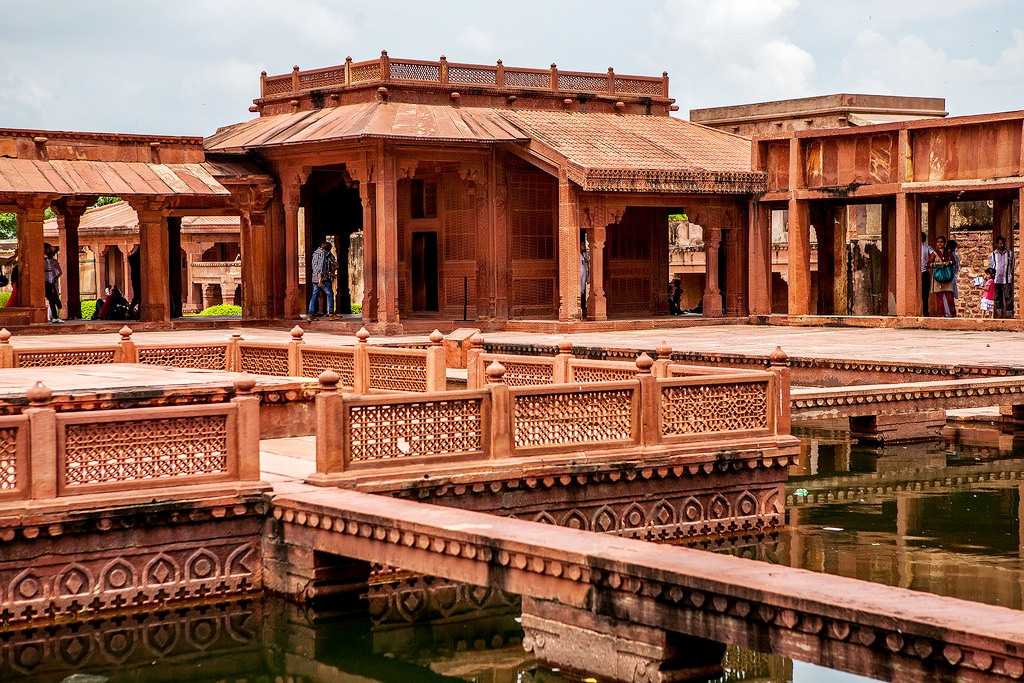
The name of the city itself denotes the victory (Fateh) of Akhbar over Chittor and Ranthambore, Fatehpur Sikri constitutes of four main Monuments. The Jama Masjid, The Buland Darwaza which is the greatest door of Asia made of a specific wood imported from Australia which would sink in water. Panch Mahal or Jada Baai ka Mahal, which is also considered as the origin place of the Navaratnas (Birbal, Tansen etc). It also contained the Diwan-e-khas and Diwan-e-aam. Interior to the Buland Darwaza lies the Tomb of Salim Chishti. All these Mughal buildings are a part of the World Heritage Sites in India.
18. Rani Ki Vav, Patan, Gujarat
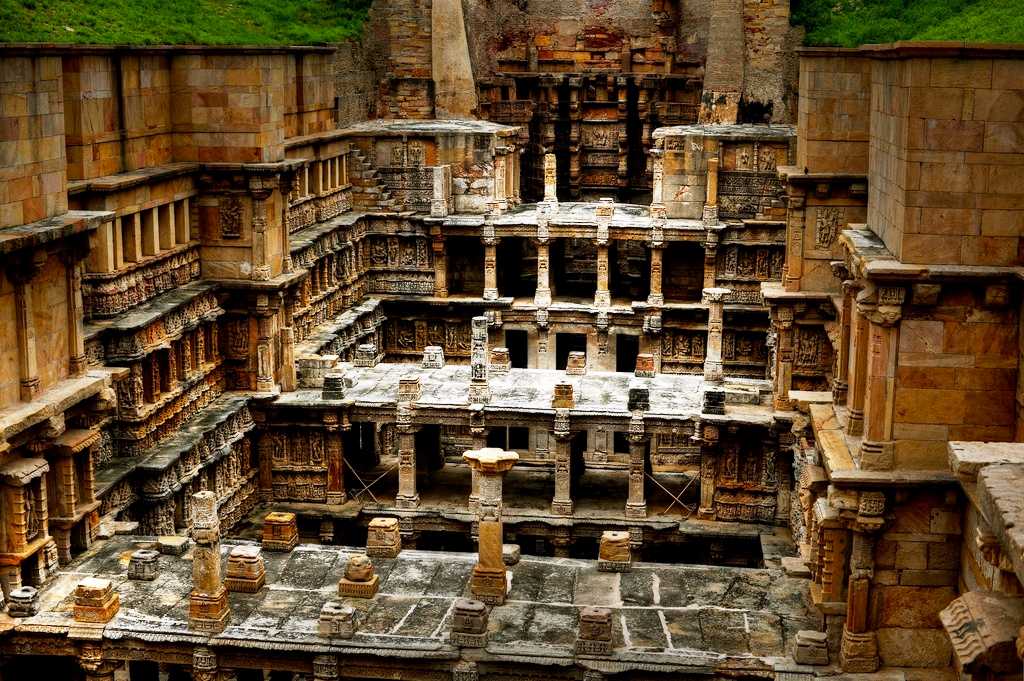
Built in the 3rd millennium BC in the memory of the kings, its an explicit example of fine Ancient Indian architecture. Constructed during the time of the Solanki dynasty, legend says that it was constructed in the honour and memory of Bhimdev 1, the son of the founder of the dynasty, by his widowed queen Udayamati. It was recently declared as a UNESCO World Heritage site in 2014, owing to its architectural marvel and splendour. Rani-ki-vav is well known for its Stepped Corridors, Sculptures and Stone Carvings in the Well. Most of the sculptures in the well are devoted to Lord Vishnu in the form of his 10 avatars, which signify his return to the world. Apart from being a place for storage of water, this vav also has a spiritual meaning attested to it. It is designed as an inverted temple and is divided into seven levels of wells each having it own importance as per the religious and mythological works mentioned in the canonical literature.
19. Group of Monuments at Pattadakal, Karnataka
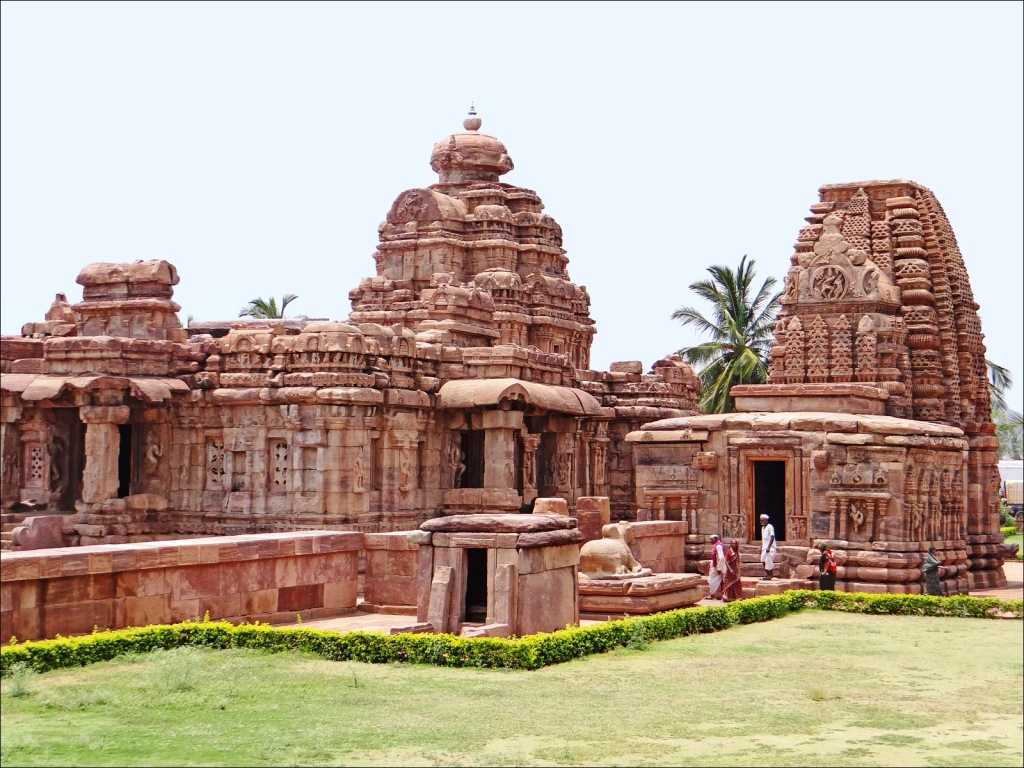
Pattadakal is a UNESCO World Heritage Site and an important tourist site located in Karnataka. It is famous for its Chalukya style of architecture that originated in Aihole and blended with the Nagara and Dravidian styles of architecture. It is at Pattadakal that all the Chalukya kings were coronated and was the capital of the Chalukyas as well. Notable for the numerous temples constructed by the Chalukya rulers, it includes 8 temples dedicated to Lord Shiva and Jain and Shaivite sanctuaries. The important monuments are- Virupaksha Temple, Sangameshwara Temple, Chandrashekhara Temple, MallikarjuTemple, Kashivishwanaath Temple, Galganath Temple, Jain Temple and many more.
20. Elephanta Caves, Maharashtra
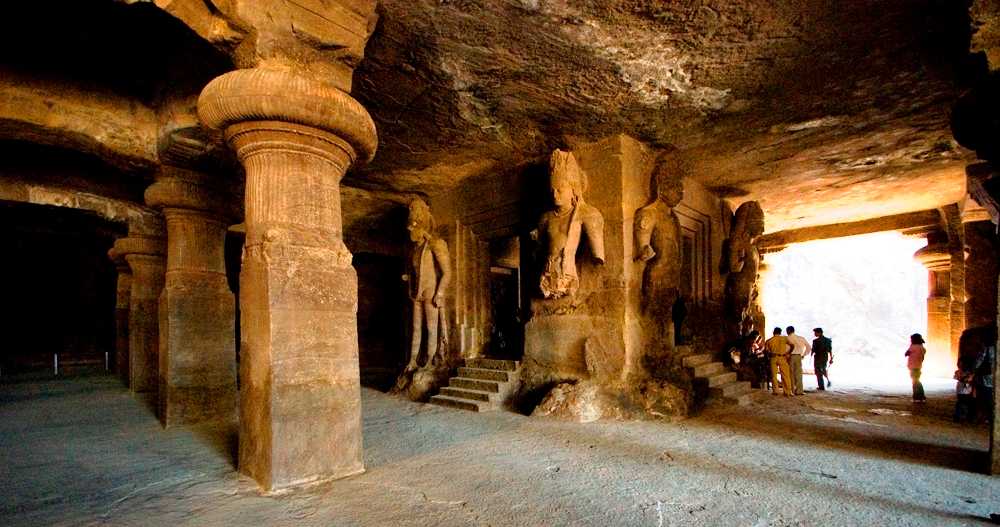
Elephanta Caves, Maharashtra
Famous for/as: Hindu and Buddhist Caves, Caves on Island in Arabian Sea, Basal Rock Caves, Shiva Temples.
The Elephanta caves are located on an island in the Arabian City, not very far from the city of Mumbai. The chain of sculpted caves located on Elephanta Island is also known as Gharapuri. There are numerous archaeological remains which offer us a glimpse into the rich. cultural past of Indian civilization. These caves are famous for their rock-cut sculptures and carvings depicting Shiva as the Creator and the Destroyer of the Universe. The most important of all the caves here is Cave 1, where one can see the Sadashiva at the entrance of the cave, which depicts 3 sides of Shiva: as the Creator, Preserves and Destroyer. The caves are carved in solid basalt rock and lie 10 kilometers east to the city of Mumbai.
21. Nalanda Mahavihara (Nalanda University), Bihar

Nalanda Archaeological Site in Bihar was a centre of learning and a Buddhist monastery from 3rd century BCE to the 13th century CE. You can witness the remains of stupas, shrines, and viharas if you stroll around in the campus which is a manifestation of a glorious epoch. Nalanda vouched for the evolution of Buddhism as a religion and remained an abode of knowledge for 800 years. Known for its formalised Vedic learning, scholars from as far as Tibet, China, Korea, and Central Asia once attended this first residential university of the World. This is the second world heritage site recognised by UNESCO in Bihar itself, making it even more prominent on Indian Tourism Map.
Nalanda Archaeological Site in Bihar was a centre of learning and a Buddhist monastery from 3rd century BCE to the 13th century CE. You can witness the remains of stupas, shrines and viharas if you stroll around in the campus of this manifestation of a glorious epoch. Nalanda vouched for evolution of Buddhism as a religion and remained an abode of knowledge for 800 years. Known for its formalised Vedic learning, scholars from as far as Tibet, China, Korea, and Central Asia once attended this first residential university of the World. This university is part of rich cultural heritage of India.
22. Chhatrapati Shivaji Terminus (formerly Victoria Terminus), Maharashtra
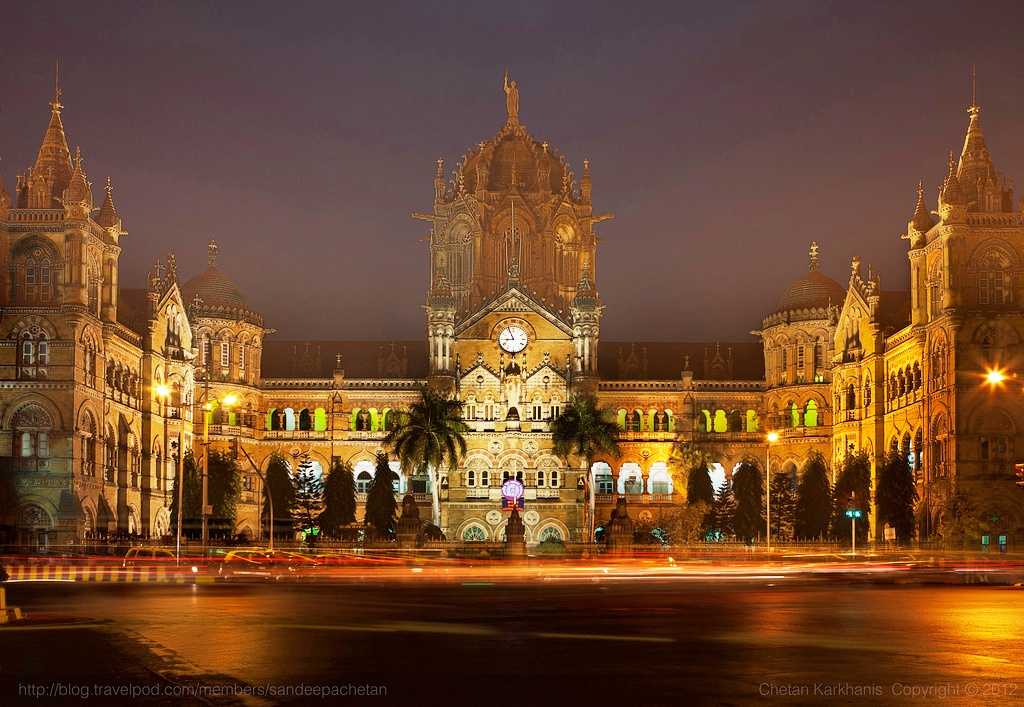
Famous for/as: Central Railways Headquarter, Terror Attacks on Mumbai in 2008, Gothic Style Architecture.
Chattrapati Shivaji Terminus, formerly known as the Victoria Terminus is the headquarters of Central Railway in Mumbai. It was built by Frederick William Stevens with the inspiration from Victorian Italianate Gothic Revival architecture and traditional Mughal buildings between the years 1878-1888, and gave Bombay the face of being the International Mercantile Port of India. In some ways, the plan of the terminal though it has Italian and Victorian era elements, reminds us of the Indian palace architecture, and is a good example of the blending of an indigenous and western style of art. Due to several reasons such as pollution, traffic, construction work etc, there have been reports of damages to this site. More work needs to be done to ensure the preservation of this heritage site.
23. Mountain Railways of India
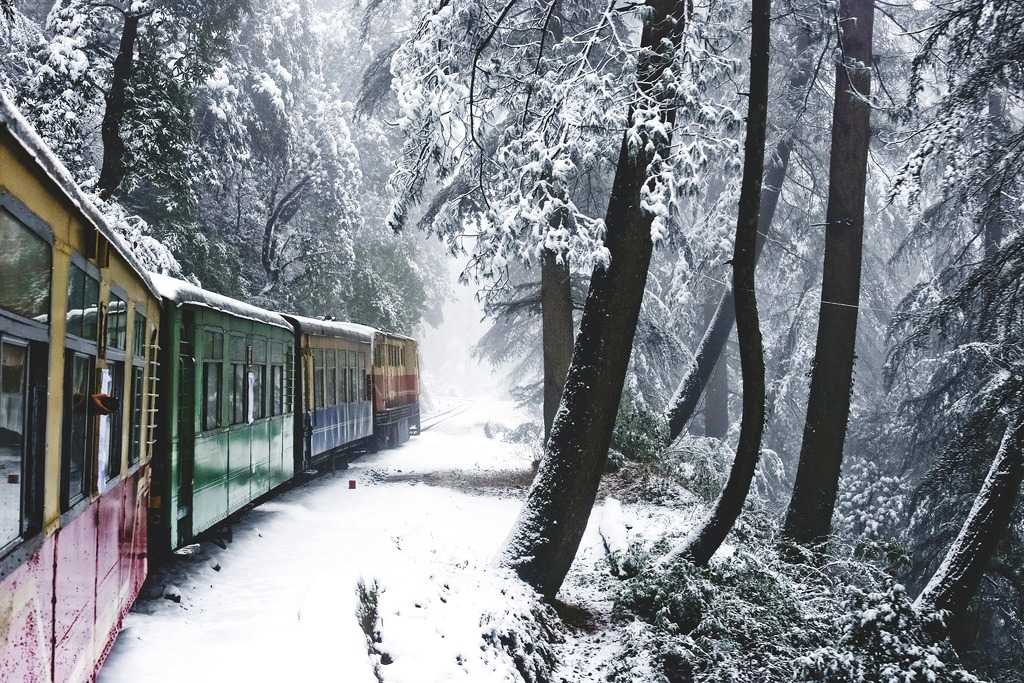
The mountain railways of India comprise of the Darjeeling Himalayan Railway, the Nilgiri Mountain Railway and the Kalka-Shimla Railway and are a part of the World Heritage Sites in India. North Bengal is one of the most beautiful scenic temptations on Earth. Fun Toy Train, beautiful Tea Plantations and long tunnels or the Tiger Hills, all will cater to your delight. Built during the 19th and early 20th century, these engineering marvels were a bold and ingenuous solution to the problem of connectivity in the rugged mountains and a gem in the heritage of India. Besides they pass thru the most beautiful terrain and you would love to take a romantic and fun ride here.
24. Qutb Minar and its Monuments, New Delhi
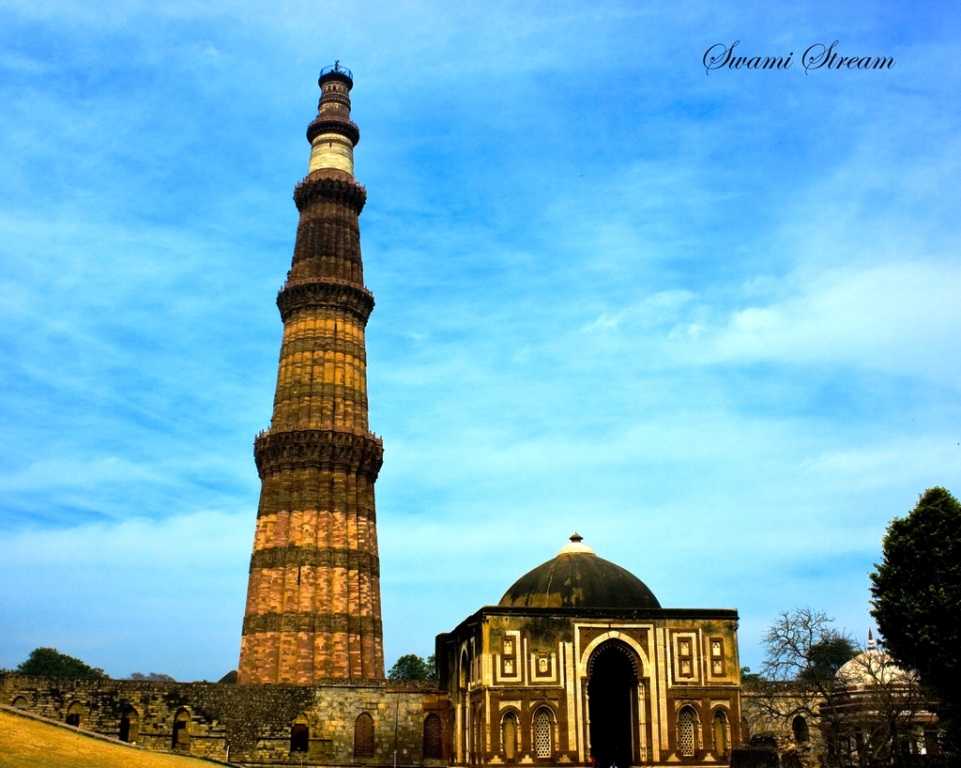
Includes:
Qutb Minar, Alai Darwaza, Alai Minar, Qubbat-ul-Islam Mosque, Tomb of Iltumish, and Iron Pillar.
One of the most popular World Heritage Sites in India, the Qutub Minar was built in 1193 by the first Muslim ruler of Delhi, Qutub-ud-din Aibak of the Mamluk Dynasty, after defeat of Delhi’s last Hindu Kingdom. The Qutub Minar is one of the several other buildings located within the Qutub complex, and it occupies the centre stage mainly due to it’s height. It is 73 meter tall and has a diameter of 15 m at the base and 2.5 m at the top. It was built by Aibak to honor the famous Sufi saint Qutbuddin Bakhtiar Kaki. Near to Qutub Minar is the Quwwat-ul-Islam mosque, which was built on the ruins of the Lal Kot of the previous Hindu kingdom and is also known to be one of the firts mosques in the country. It is also famous for its brick minarets surrounding it.. These monuments are collectively known as the Qutub Minar Complex and represent one of the earliest known symbols for Islamic Architecture in India.
25. Champaner-Pavagadh Archaeological Park, Gujarat
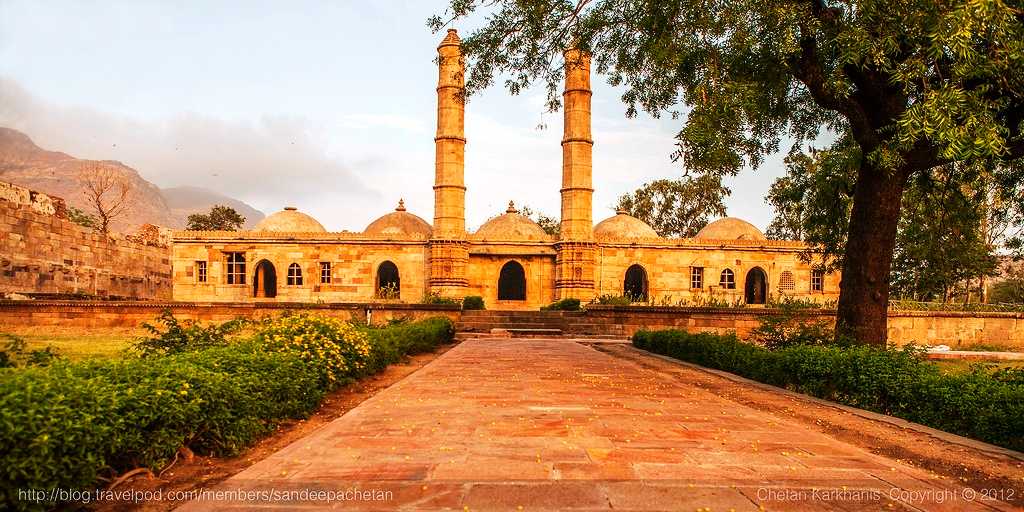
The Champaner-Pavagadh Archaeological Park is a UNESCO World Heritage Site, located in the Panchmahal district of the Indian state of Gujarat. Centred around the city of Champaner or Muhammadabad built by Sultan Mahmud Begada of Gujarat, it’s a very significant place historically and culturally. This place is the only complete unchanged Islamic pre-Mughal city. Also deemed to be of mythological significance, a larger part of Champaner-Pavagarh is still unexcavated. It includes 11 different types of heritage monuments that are- Mosques, Temples, Tombs, Gateways, Fortresses and walls, Palaces and Pavilion, Helical Wells, Custom house and Greneries all belonging to 16th century. One can observe a transition from the previous Hindu forms of architecture to the Muslim culture and forms of architecture. The park also houses some of the ancient Chalcolithic Indian Sites, from the Stone Age era.
26. Great Himalayan National Park, Himachal Pradesh
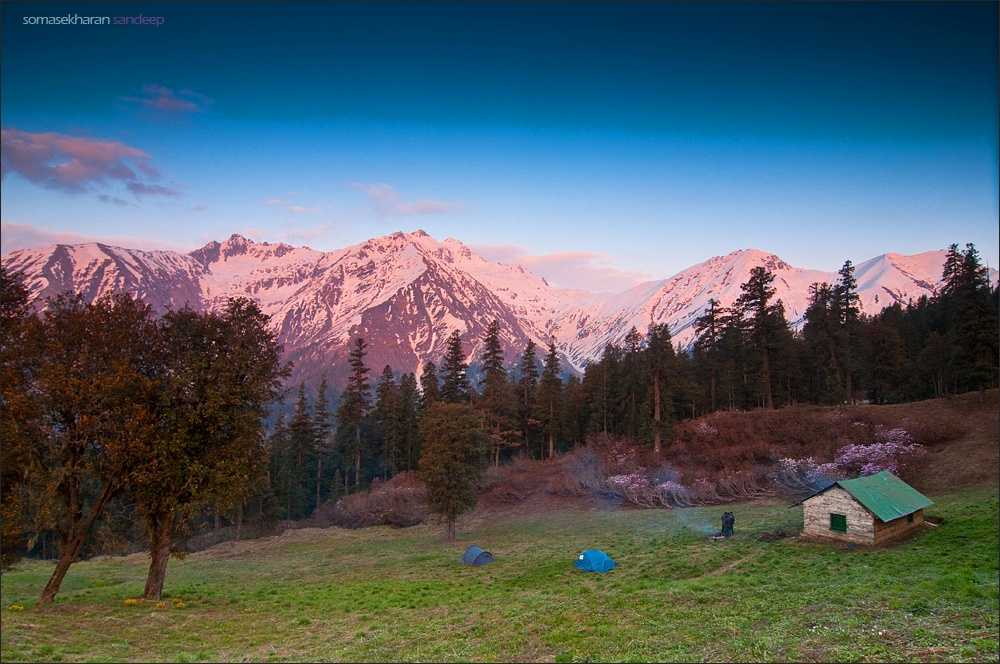
Spread over an area of 754.4 square kilometers, the Great Himalayan National Park is one of India’s National Parks located in the Kullu region of Northern Himachal Pradesh. The park includes the upper mountain snow melt and glacial water melt origins of several rivers, mainly the tributaries of the river Indus. It is home to about 375 fauna species and several floral species, including some very rare species of plants and animals such as blue sheep, snow leopard, Himalayan brown bear, Himalayan Tahr, musk deer spruces, horse chesnuts and huge alpine meadows. It is one of the newer additions to the list of World Heritage Sites in India and is a part of the Himalayan Biodiversity Hotspots. Coniferous Forests, Snowy Peaks (elevation range of 4,100m), Pristine Glaciers adds sublime colours to its beauty. It’s a wildlife conservation site, hence hunting of any of these animals is strictly prohibited.
27. Hill Forts of Rajasthan
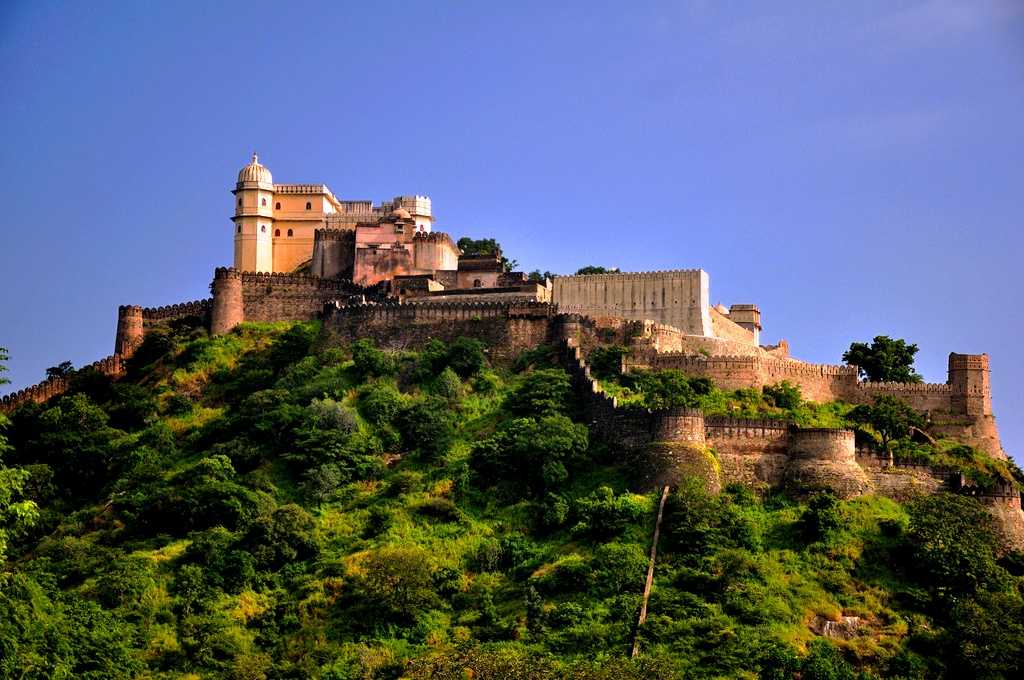
One of the recent additions to the list of World Heritage Sites in India (2013), this place is famous for its unique Rajput Military Defense Architecture. It includes six majestic forts in Chittorgarh, Kumbhalgarh, Ramthambore fort, Gagron Fort, Amber Fort and Jaisalmer Fort. They’re located on the rocky Aravalli Mountain Range in Rajasthan. The sheer length and expanse of the forts is enough to portray the power and strength of the Rajputana rulers and chieftains. The fortifications of these forts are extremely strong. Within the walls of the fort, it was almost as if a mini-city existed. There were several markets, bazaars, palaces, temples, urban and trading centres etc. And we know this as some of them have survived. Also, these forts had unique water storage and harvesting structures, which are actually being used even today. It is also known for being the Shooting location of the movie, The Dark Knight Rises and a few movies of Satyajit Ray like ‘Shonar Kella’.
28. Churches and Convents of Goa
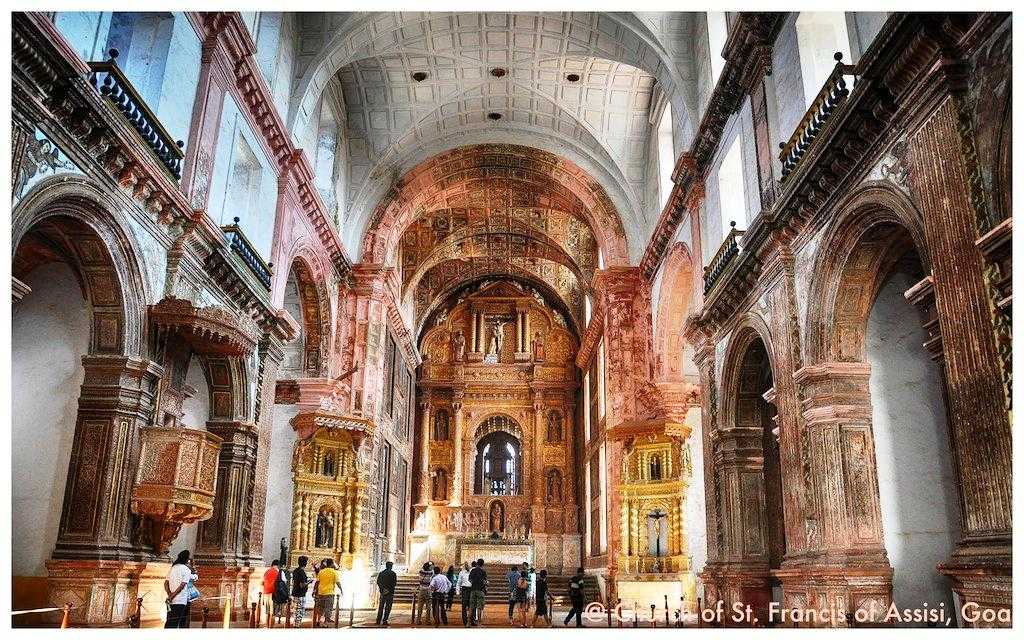
Includes:
Saint Catherine’s Chapel, Church and Convent of Saint Francis of Assisi, Basílica do Bom Jesus, Igreja de São Francisco de Assis, Church of Saint Cajetan and its seminary, Church of Our Lady of the Rosary and Church of Saint Augustine.
The 15th and 16th centuries mark the coming of the Portugese to India and they established themselves at Goa, along the Konkan coast in the South-western part of India. And the advent of the Portugese marks the introduction of Christianity in the Indian subcontinent. Hence, several churches and convents were built in Goa, as a way of evangelization. Due to their different, yet beautiful architectural forms, these churches have been included in the list of UNESCO World Heritage Sites in India.
Famous for/as: Rome of the Orient, First Manueline, Mannerist and Baroque Art Forms in Asia, First Latin Rite Mass in Asia. Churches in Goa are examples ofthe development of architecture, sculpture and paintings by spreading forms of Manueline, Mannerist and Baroque art throughout the countries of Asia where Catholic Missions were established. They were built by Portuguese colonial rulers in the region now known as Old Goa. The most famous among these monumnets is the Basilica do Bom Jesus which contains the relics of St. Francis Xavier. This place serves as an example of the diverse religious and cultural heritage of India.
29. Rock Shelters of Bhimbetka, Madhya Pradesh
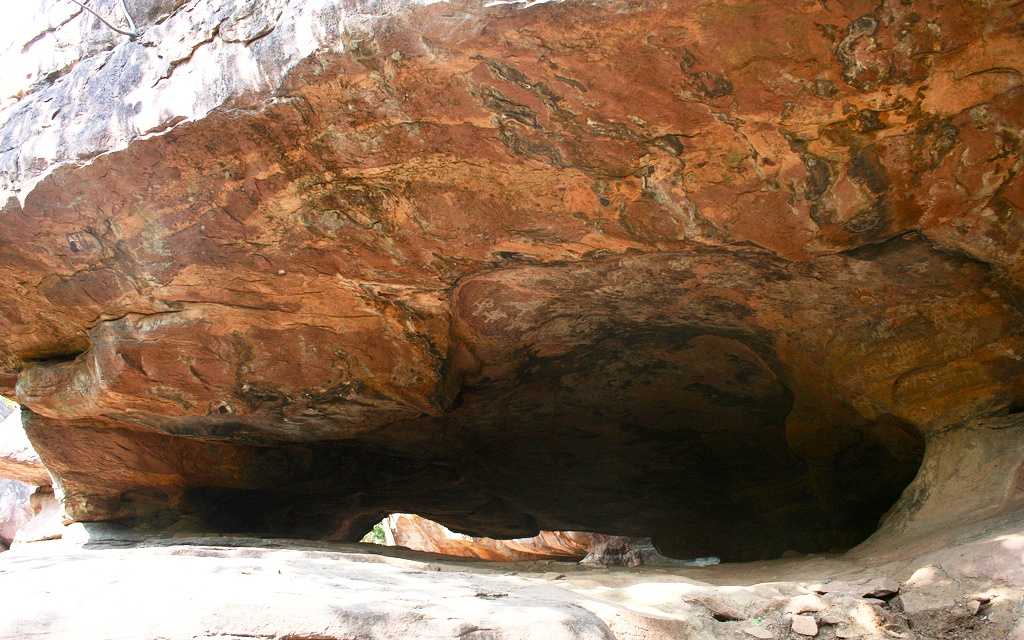
Famous for/as: Rock Paintings within Natural Rock Shelters, Stone Age Inscriptions, Sitting Place of Bhima (Mahabharata).
Declared a Unesco World Heritage Site in 2003, the Rock Shelters of Bhimbetka is the place where the earliest traces of human life on Indian subcontinent was discovered. They’re located at the foothills of the Vindhaya Mountains in the Deccan Plateau and are an archaeological site for the Mesolithic period (more than 100,000 years ago) and thus indicates the beginning of the South Asian Stone Age. The rock shelters comprise a group of 5 rocks which were discovered only in 1957, and are renowned for the Mesolithic era carvings and paintings. These paintings are instrumental in telling us about the life and activities of the hunter-gatherers who preceded us and shows the coming together of art form and landscape, during that age.
30. Manas Wild Life Sanctuary, Assam
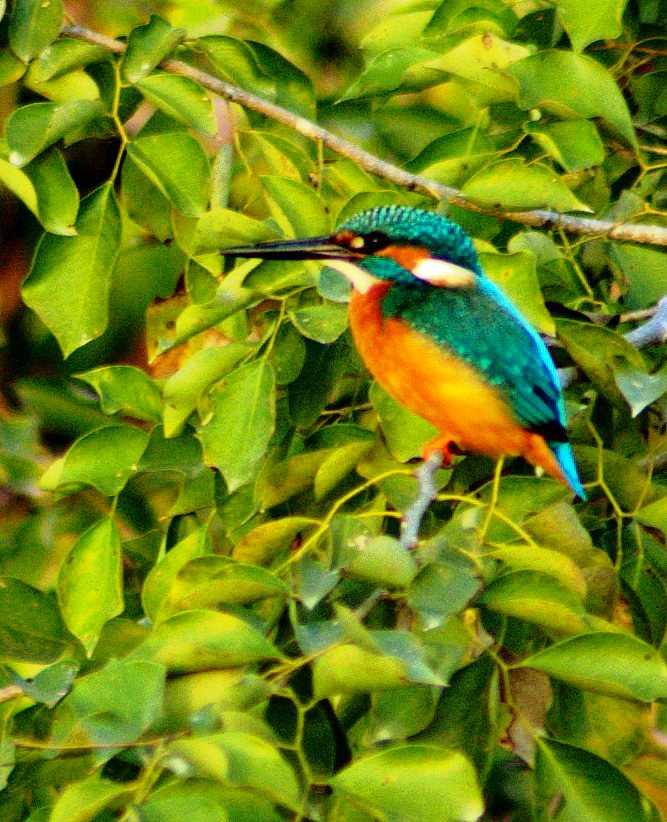
Famous for/as: Project Tiger Reserve, Elephant Reserve and Biosphere Reserve, Assam Roofed Turtle, Hispid Hare, Golden Langur and Pygmy Hog.
Manas Wildife Sanctuary is a protected wildlife reserve and one of the UNESCO World Heritage sites in India. It’s located in the North Eastern Indian state of Assam. The name originated from River Manas which is derived from the name of Godess Manasa. The lush green forested hills and dense vegetation of the surrounding areas provide a comfortable environment to the several endangered species of animals who reside here. The Wild Life sanctuary is a Project Tiger Reserve, Elephant Reserve, Biosphere Reserve and a home for number of endangered species like Assam Roofed Turtle, Hispid Hare, Golden Langur and Pygmy Hog. In fact this park houses most endangered species than any other in India.
31. Keoladeo National Park, Bharatpur, Rajasthan
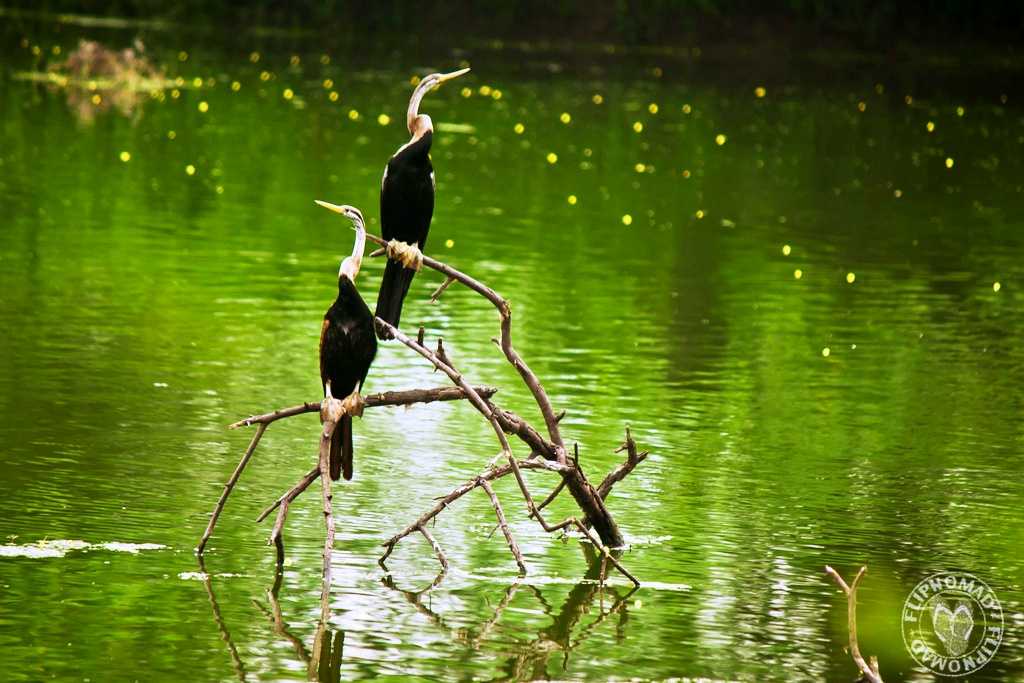
Famous for/as: Man-Made Wetland Bird Sanctuary, Siberian Cranes, Hotspot for Ornithologists.
Also known as Bharatpur Bird Sanctuary, Keladeo National Park is located in the Indian state of Rajasthan. A home to about 366 different species of birds, it’s also known for being the wintering and nesting ground for several non-indigenous, migratory birds. Initially a duck shooting ground, it was later on developed as a completely man-made and man-managed wetland/place, and is spread over 29 square kilometres. Hunting is now banned in this area and is a punishable offence. Besides birds, there are 379 floral species, 50 species of fish, 13 species of snake, 7 species of lizard, 7 species of amphibians, 7 turtle species and variety of other invertebrates. This place is a reminder of the rich biological heritage of India.
32. Nanda Devi and Valley of Flowers National Parks, Uttarakhand
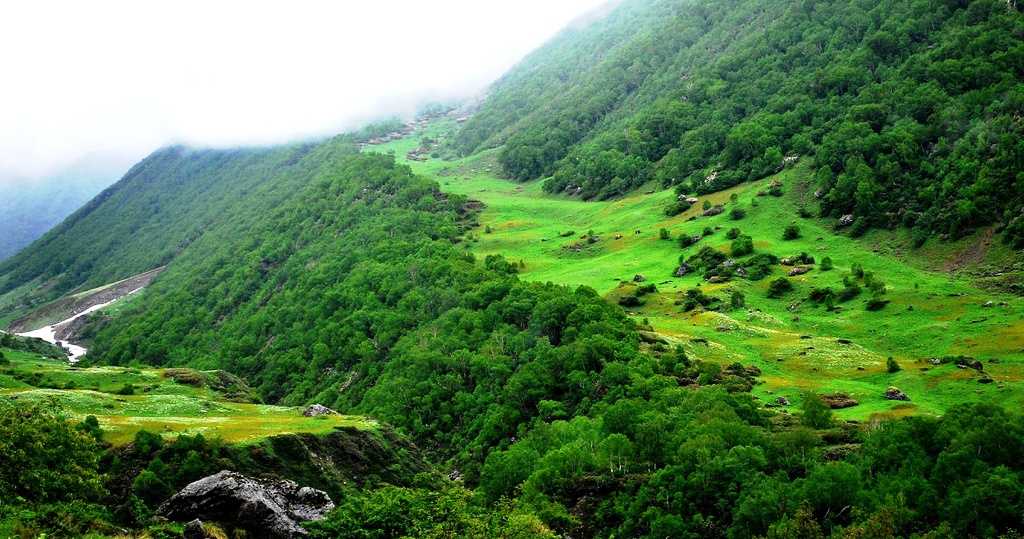
Famous for/as: Asiatic Black Bear, Snow Leopard, Brown Bear, Blue Sheep and Himalayan Monal, World Network of Biosphere Reserves.
The Nanda Devi is the highest mountain peak of Uttarakhand and the highest mountain peak of India also because the Kanchenjunga is known to share its border with Nepal. There are two peaks of the mountain, the eastern peak named the Sunanda Devi. It has its importance back from the era of Puranas and Upanishads, remarked several times in the mythological works of the Hindus. It ranges upto a height of 6400 meters above the sea level.
The Valley of Flowers is a National Park near Nanda Devi peak which stretches upto 8 kilometers in length and 2 kilometers in width. It is famous for the astonishing variety of flowers which covers the entire valley like a bed sheet. This World Heritage Sites in India is home to more than 600 species of Flora and over 520 species of fauna.
33. Western Ghats
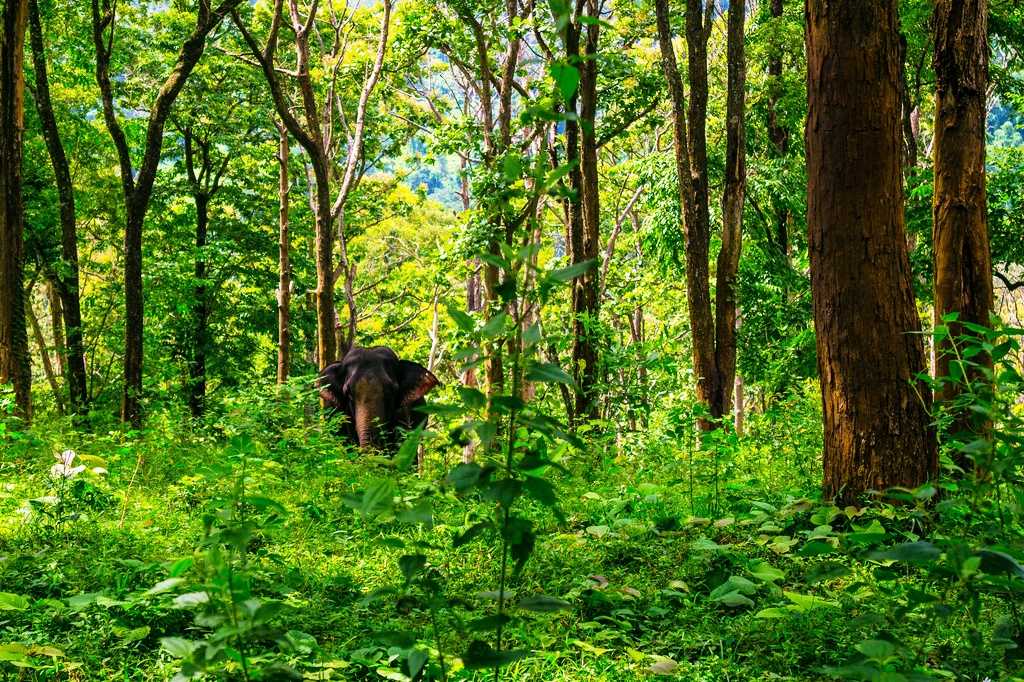
Includes:
Sahyadri Sub-Cluster, Kudremukh Sub-Cluster, Talakaveri Sub-Cluster, Nilgiri Sub-Cluster, Anamalai Sub-Cluster, Periyar Sub-Cluster and Agasthyamalai Sub-Cluster
Famous for/as: Among World’s Ten “Hottest Biodiversity Hotspots”, Includes many National Parks, Wildlife Sanctuaries and Reserve Forests.
The Western Ghats or the Sahyadri mountain ranges lies along the western coast of Indian Peninsula. The range runs north to south along the western edge of Deccan Plateau. It constitutes sever national parks, reserve forests and wildlife sanctuaries in Kerala, Karnataka, Tamil Nadu and Maharashtra. The hills cover 160000 square kilometre area with a length of 1600 kilometre, a width of 100 kilometre and height of 1200 meters. It has an extremely high bio-diversity and ranks among the top 8 in World’s Biological Hot Spot Locations. The forests along the Western Ghats are home to about 325 species of flora and fauna, which included endangered, rare and critically endangered species of plants and animals.
34. Khangchendzonga National Park, Sikkim
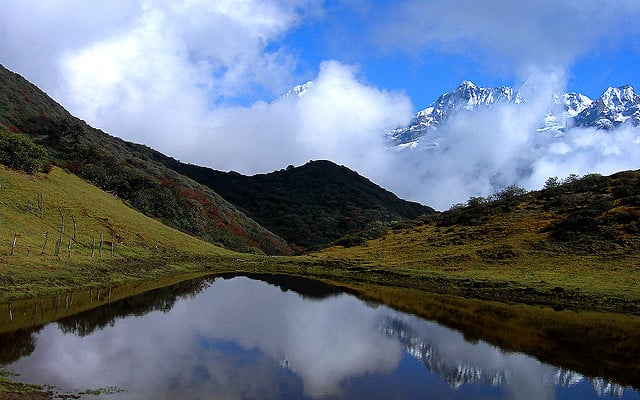
Located in the Himalayan Ranges part of North and West Sikkim districts of the beautiful state of Sikkim in India’s North-East region, Khangchendzonga National Park was declared a world heritage site in 2016 taking the total count of world heritage sites in India to 35. Also known as Kanchenjunga national park (and Kanchenjunga Biosphere Reserve) is a huge area spreading over 850 sq. km and has an elevation of 1,829 m to 8,500 m above sea level. Kangchendzonga National Park includes the Kanchenjunga Peak, which is the 3rd highest peak in the world. The national park is famous for its fauna and flora, with snow leopard being occasionally sighted. There are few trekking routes in this national park as well for the trekking enthusiasts.
35. Capitol Complex, Chandigarh
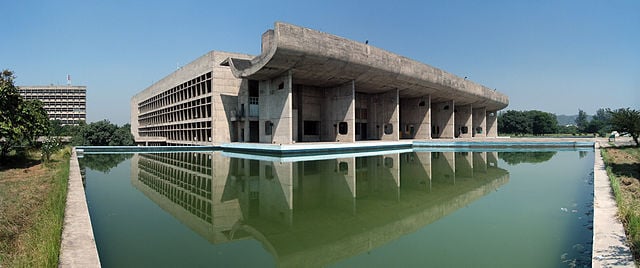
The architectural work of Le Corbusier across many countries, including the Capital Complex of Chandigarh, was recognized as a World Heritage Site as part of an outstanding contribution to Modern Movement. This was part of Le Corbusier’s work, which he did in 17 countries in the first half of 20th century.
The Capitol Complex in Chandigarh also hosts the legislative assembly for both the states of Haryana and Punjab, High Court and the Secretariat. Located in Sector 1, Chandigarh, this capitol complex was built when Chandigarh was being developed as the capital of Punjab in 1950 after the partition of India.
36. The Historic city of Ahmedabad
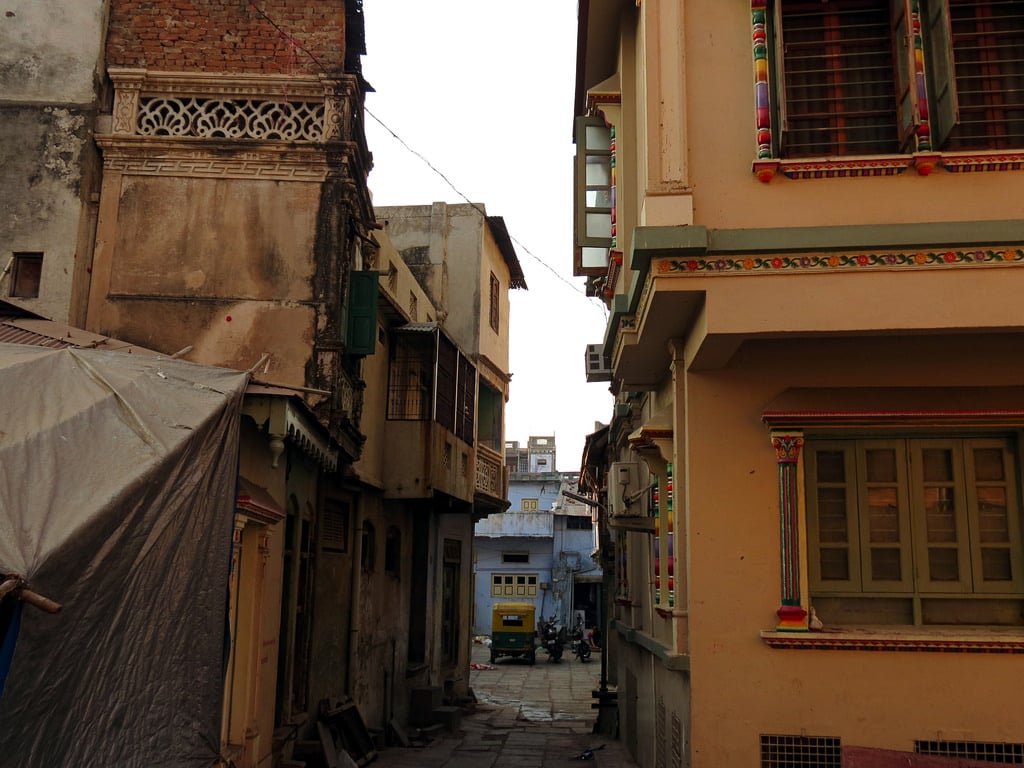
The first city of India to enter the list, Ahmedabad was declared as the World Heritage City on July 8, 2017. The city of Ahmedabad has close to 25 ASI (Archaeological Survey of India) protected structures. According to a statement from UNESCO “The urban fabric is made up of densely-packed traditional houses (pols) in gated traditional streets (puras) with characteristic features such as bird feeders, public wells and religious institutions. The city continued to flourish as the capital of the State of Gujarat for six centuries, up to the present”.
Ahmedabad is a walled city on the banks of Sabarmati where communities following Hinduism, Islam and Jainism have co-existed for centuries.
Kumbh Mela
In 2017, Kumbh Mela. the largest religious festival in India got the status of UNESCO Intangible Cultural Heritage of Humanity. Kumbh Mela is celebrated once in three years in Haridwar, Ujjain, Prayag (Allahabad) and Nasik in a rotation. Kumbh Mela returns to a place after 12 years. It witnesses millions of devotees and spectator.